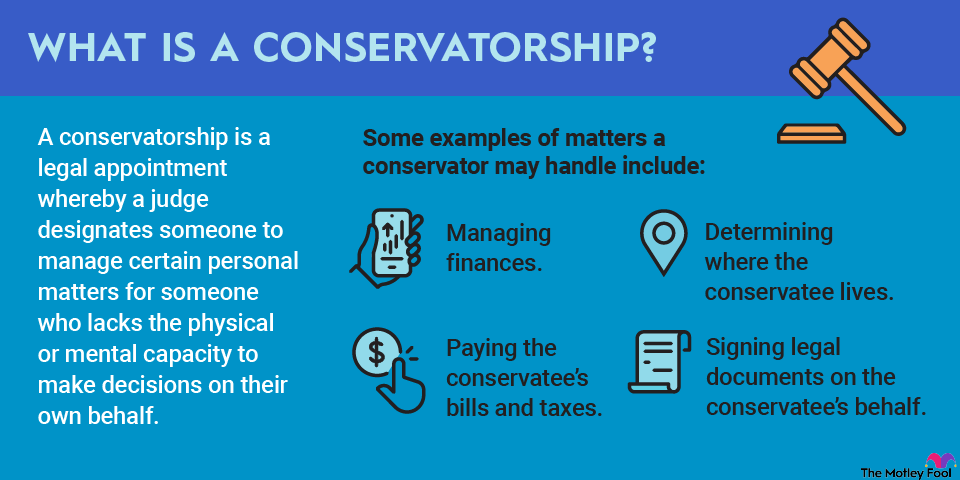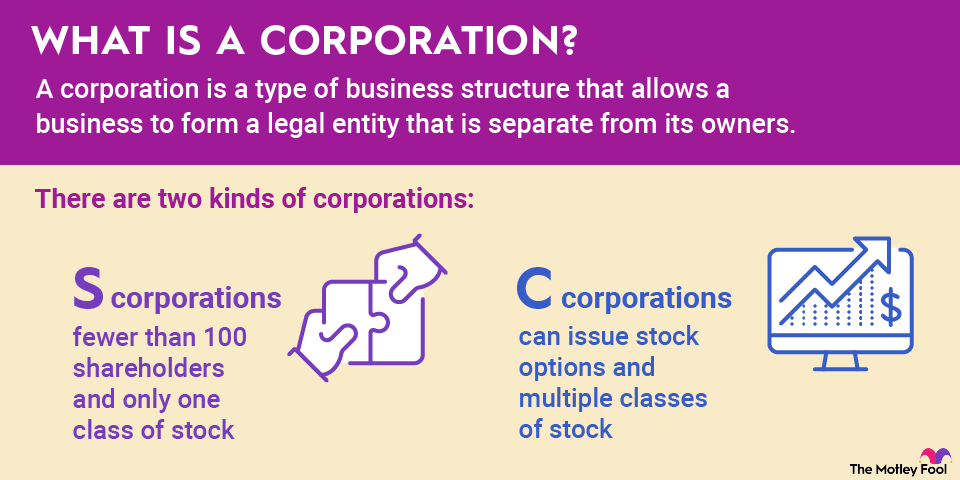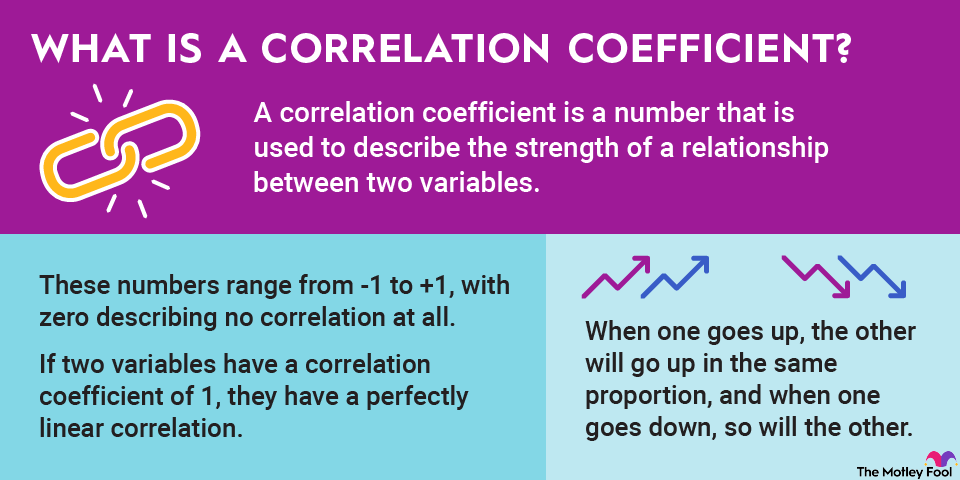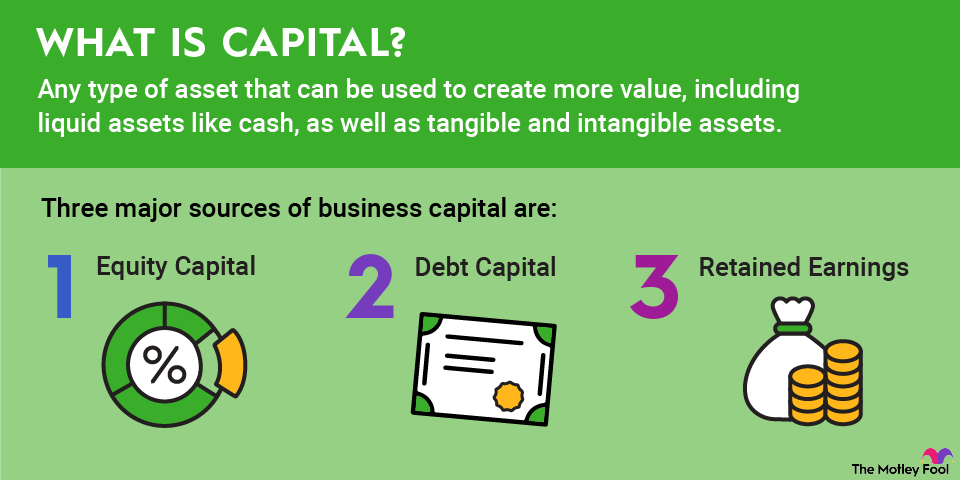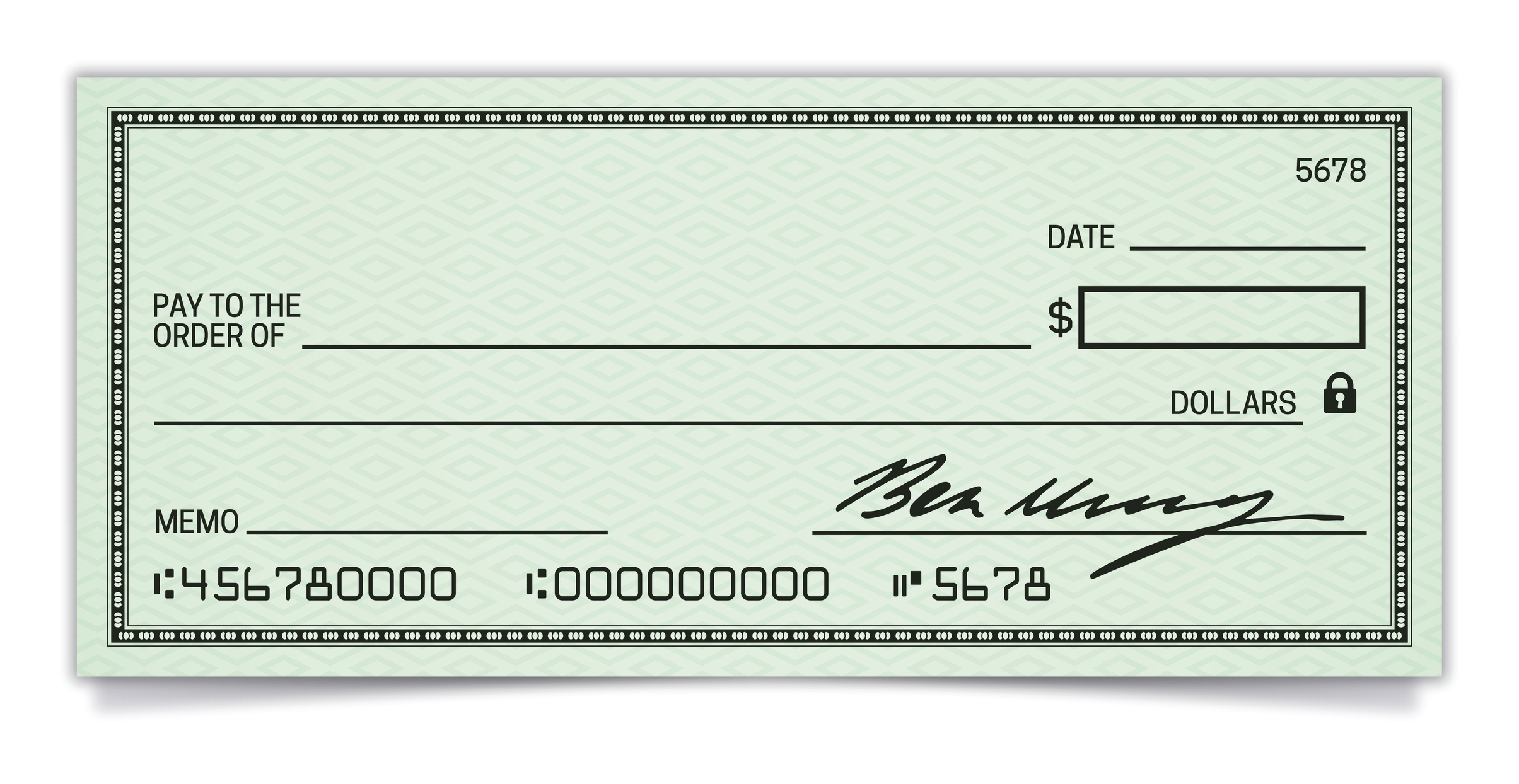There are a lot of different ways to evaluate a company's liquidity, but the current ratio is one that can help you judge just how serious liquidity issues are.

What is the current ratio?
The current ratio is a number that helps investors understand how much short-term liability a company has in relation to its short-term assets. Short-term assets might include things like accounts receivable or inventory, as well as cash on hand, all of which you'll find on the company's financial statements. You always want to be sure you're investing in a company that can pay its bills.
By comparing the current ratio of your company to its industry or to its main competitors, you pick up a little bit more of the story of the company and how it manages debt and income. Of course, a one-time current ratio figure isn't enough to know much; you really need to look at them across multiple years.
How do you calculate the current ratio?
The current ratio is easy to calculate. Simply take the current assets and divide them by the current liabilities. The number you get will be more or less than 1. If you get 1.0 exactly, that means the assets are exactly the same as liabilities, which is essentially financial balance, as far as this metric is concerned.
Less than 1 means the company has some problems with liquidity, and it may not be able to pay its bills. More than 1 means it's got more assets than it needs, which is fantastic news -- to a point.
What does the current ratio tell investors?
As mentioned above, the current ratio tells investors whether or not a company can pay its short-term obligations. This is important if you want to buy stock in a company that's solvent and will remain that way for the long term.
However, it's not that simple. One single current ratio doesn't mean much. Companies that are seasonal or have seasonal cycles in either product production or accounts receivable can look very poor when it comes to the current ratio at certain times of the year and very good at others. However, if you look at several years' worth of quarterly current ratios, it's easier to see a pattern emerge.
Does the company tend to have current ratios that indicate it's financially responsible? Are current ratios climbing over the years, or are they dropping?
Using the current ratio to compare against competitors is also helpful since you can easily see how each behaves over time, establish an industry benchmark, and choose the company you find to be the healthiest over the long term.
Related investing topics
Current ratio versus quick ratio
There's another common ratio used to look at a company's liquidity -- the quick ratio. Unlike the current ratio, which considers all current assets and liabilities, the quick ratio only looks at the most liquid assets (although it does include accounts receivable) versus the current liabilities.
So, things like inventory, which can be liquidated but may take more than 90 days to do so, are generally excluded, making the quick ratio a much more conservative approach to liquidity.
Neither the quick ratio nor the current ratio is superior to the other, and often, looking at both can be helpful to pick up wider patterns. For example, if the current ratio looks fine, but the quick ratio is low, you can figure that a company is leaning into its inventory a bit too heavily for reliable emergency cash.
